Weekly Spekticsm #4
Green mumbo-jumbo, climate change saving the global trade, liberal city using Supreme Court ruling to fight EPA...
We start with San Francisco, something good has happen in the city of the Golden Gate Bridge.
San Francisco Leverages Supreme Court’s Landmark Ruling in Lawsuit Against EPA
San Francisco is set to capitalize on last month's pivotal Supreme Court decision that curtailed the influence of federal regulators in its legal battle against EPA wastewater discharge regulations. The city’s new legal brief, submitted to the high court on July 19, seeks to leverage the ruling in Loper Bright Enterprises v. Raimondo to challenge federal enforcement practices.
In its argument, San Francisco asserts that the Environmental Protection Agency (EPA) misinterpreted a crucial section of the Clean Water Act of 1972 when it issued a wastewater discharge permit. The city contends that the EPA's actions veer significantly from the statute's intended framework, effectively resurrecting outdated regulatory practices that the Clean Water Act was designed to replace.
The Supreme Court's decision on June 28, which struck down the 40-year-old Chevron deference doctrine, plays a key role in San Francisco’s case. This doctrine, which previously required courts to defer to federal agency interpretations of ambiguous laws, was criticized for enabling unchecked bureaucratic expansion. The Loper Bright ruling is expected to become a cornerstone in challenging federal regulations and might complicate the process for issuing new regulations.
The core issue in City and County of San Francisco v. EPA is whether the EPA can impose vague pollution limits on wastewater discharges from water utilities. The Supreme Court had previously granted San Francisco’s petition without comment on May 28, with oral arguments anticipated in the upcoming term starting in October.
San Francisco’s petition, filed on January 8, argues that the EPA’s discharge permits are insufficiently specific. The city claims these permits instruct cities not to pollute "too much" without offering clear guidelines. San Francisco’s current permit, according to the city, is one of many nationwide that lacks the necessary detail to ensure compliance with the Clean Water Act.
The permit requires San Francisco to avoid contributing to water quality standard exceedances but fails to specify how much control is needed to meet these standards. The city argues that this ambiguity leaves it vulnerable to enforcement actions based on broad and unspecific criteria, rather than clear, actionable limits.
In July 2023, the Ninth Circuit Court of Appeals upheld the EPA’s authority to set general limits or narrative prohibitions on discharges under the Clean Water Act, rejecting San Francisco’s appeal. U.S. Solicitor General Elizabeth Prelogar had argued in an April 12 brief that the permit's specifications were adequate, citing requirements such as preventing visible floating particulates and maintaining pH levels.
However, San Francisco’s July 19 brief contends that the EPA’s interpretation of the Clean Water Act has effectively restored an outdated regulatory regime. The city argues that the EPA’s conditions for discharging treated effluent into the Pacific Ocean impose compliance requirements based on overall water quality standards, rather than specific effluent limitations. This, the city claims, makes compliance unduly complex and uncertain, as it depends on factors beyond its control.
The Supreme Court has directed the EPA to file its response by August 26. As of this writing, the U.S. Department of Justice, representing the EPA, had not responded to The Epoch Times’ request for comment.
What the science say?
Early Signs of Solar Cycle 26 Emerge: The Sun’s Next 11-Year Journey Begins
Scientists at the University of Birmingham have detected the initial signals of Solar Cycle 26, hinting that the sun’s next 11-year solar cycle could commence by the decade's end. The discovery, presented at the Royal Astronomical Society's National Astronomy Meeting in Hull, marks the first concrete evidence of the forthcoming cycle.
Current observations reveal that Solar Cycle 25 is at its peak, known as the "solar maximum," characterized by heightened solar activity, including sunspots, solar flares, and coronal mass ejections. During this phase, the sun's magnetic field undergoes a dramatic reversal, with the poles swapping places.
Researchers employed solar torsional oscillation data—captured by analyzing the sun's internal sound waves—to track rotational patterns and identify the early signs of Cycle 26. These oscillations manifest as rotating bands of varying speeds, which precede the start of a new solar cycle.
Dr. Rachel Howe, leading the research, noted the emergence of 'faint indications' of the new cycle. "The data reveals the beginning of faster-rotating belts that typically herald the onset of the next cycle," she explained. "By examining historical patterns, such as those from 2017, we can see similar precursors that align with the start of the current Cycle 25."
The accompanying map illustrates solar latitudes with faster (red and yellow) and slower (blue and green) rotations over the past 29 years. The faster-rotating bands, which move toward the sun's equator as each cycle progresses, provide early warnings of upcoming solar cycles. The latest red band on the right suggests the initiation of Cycle 26.
Researchers have utilized helioseismic data from various sources, including the Global Oscillation Network Group (GONG), the Michelson Doppler Imager (MDI) aboard the Solar and Heliospheric Observatory, and the Helioseismic and Magnetic Imager (HMI) on the Solar Dynamics Observatory. This extensive data, covering Solar Cycles 23 through 25, offers a comprehensive view of the sun's activity and the early stages of the next cycle.
Dr. Howe, a veteran solar physicist with 25 years of experience, expressed optimism about the future. "With increasing data, we aim to deepen our understanding of the interplay between plasma flows and magnetic fields that drive the solar cycle," she concluded.
Looking ahead, some forecasts suggest a potential grand solar minimum between 2030 and 2040, reminiscent of the Maunder Minimum of the 17th century, which could lead to reduced solar activity and possible global cooling. However, recent events, such as the 2022 Tonga eruption, have been linked to global warming trends, deflecting attention from other speculative causes like livestock emissions or celebrity jet travel.
Climate Change to the Rescue?
La Ñina Relieves Panama Canal Congestion
La Ñina’s impact is significantly easing the congestion at the Panama Canal.
The Panama Canal remains a crucial artery for global trade, particularly for Arkansas's agricultural exports like soybeans and corn. According to the United Nations Conference on Trade and Development, traffic through the Panama Canal plummeted by 49 percent since 2021, with the Suez Canal experiencing a similar 42 percent drop over the same period.
Approximately 26 percent of U.S. soybeans and 17 percent of U.S. corn travel through the Panama Canal. This is crucial for Arkansas, as much of it’s grain moves down the Mississippi River to the Port of New Orleans.
Arkansas’s exports to Asia rely on this transit route, which has been under strain. The long-term drought in Central America had severely impacted the Panama Canal. This essential waterway, linking two oceans, relies on Gatun Lake for its freshwater needs. Each ship passage requires 52 million gallons of water, and last June, the lake’s levels dropped to their lowest in five years, reaching just 79.5 feet.
Alternatives like sailing around Cape Horn at the southern tip of South America are not only fuel-intensive but also fraught with hazardous conditions.
Shallow water in the canal's locks necessitated restrictions on ship transits and reduced cargo loads to prevent grounding. However, La Ñina has brought much-needed rain, leading to a resurgence in lake levels and easing the restrictions. As of July 11, the Panama Canal Authority has increased the daily ship count to 33, with plans to raise it to 34 by July 22 and to add another slot for Neopanamax ships on August 5.
Neopanamax vessels, the largest permitted through the canal’s expanded locks since 2016, can measure up to 1,202 feet in length and 168 feet in width, with a draft of 50 feet. It appears as the canal is approaching pre-drought conditions. In November 2023, only 24 ships were passing daily, so this represents significant improvement.
Looking ahead, should the drought return or if China’s soybean harvest falters, Brazil might seize the opportunity. Brazil, a key competitor to the U.S. in the soybean market, bypasses the Panama Canal by transporting grain overland to the Pacific via rail and trucks.
Brazil has the infrastructure and capacity to compete without relying on the Panama Canal. If the drought returns, Brazil could further consolidate its position in the global soybean market.
It Wild Fire Season
Alberta Fires Endanger 350,000 B/D of Oil Production Amid Escalating Threat
Alberta’s oil industry is facing an escalating wildfire threat as temperatures surge, according to Alberta Wildfire and Alberta Emergency Management. The northeastern region of the province, a key area for Canada’s crude oil production, is bracing for “extreme fire behavior” over the coming days. With temperatures recently climbing to 35°C (95°F), coupled with low humidity and winds of 10 to 15 km/h (6.2 to 9.3 mph) and no rainfall forecasted, the situation is dire. More than 1,000 residents have been evacuated, including 89 from Chipewyan Lake near Fort McMurray. Currently, Alberta is grappling with approximately 144 wildfires, 55 of which remain uncontrolled.
Bloomberg reports that of the 887 wildfires ignited this year, 377 started in July alone, driven predominantly by lightning, which caused 80% of the blazes, yet climate is to blame.
The severity of the situation is underscored by the fact that 154 wildfires are currently active in the province. Of these, 58 are out of control, spanning at least 10 hectares (25 acres) and are located within approximately 10 km (6.2 miles) of 348,000 barrels per day (b/d) of oil production and around 24,000 barrels of oil equivalent per day (boe/d) of gas output, according to data from Alberta Wildfire and the Alberta Energy Regulator.
In response to the escalating threat, some oil producers have already reduced their operations. Suncor has curtailed production at its Firebag oil sands site, while Greenfire has temporarily halted output at its Hangingstone sites. Additionally, Cenovus, MEG, and Imperial Oil have evacuated non-essential personnel from their oil sands facilities.
Tourmaline has reported that the nearest wildfire is located 4 miles from its nearest well and 6 miles from its nearest plant, currently posing no operational impact.
The following breakdown highlights the oil, gas, and condensate production in barrels of oil equivalent per day (boe/d) that is within approximately 10 km of at least one out-of-control wildfire of at least 10 hectares in size. This data is based on Alberta Energy Regulator geospatial information, May production statistics, and Alberta Wildfire data.
Green mumbo-jumbo
Kazakhstan, Azerbaijan, and Uzbekistan Launch Green Energy Export Alliance
Kazakhstan, Azerbaijan, and Uzbekistan are pooling their resources to establish a green energy export network, with a keen focus on wind energy and a bold vision to ramp up renewable energy production.
Kazakhstan has set ambitious green energy targets: increasing the renewable share of its power generation to 15% by 2030 and to 50% by 2050. This aligns with a broader push to harness the country’s substantial wind power potential, given its expansive, windswept steppes, which hold an estimated annual energy potential of 920 billion kWh.
Amid these strides, Kazakhstan is also exploring nuclear energy options, though the public is split on the matter. Concerns about environmental impact and potential Russian involvement are prominent, reflecting Kazakhstan’s historical ties with Soviet-era nuclear projects and the environmental legacy they left behind.
Despite these internal debates, Kazakhstan is advancing its collaboration with Uzbekistan and Azerbaijan to bolster electricity export capabilities. The Kazakh Ministry of Energy has recently released a draft agreement on a strategic green-energy partnership, building on a memorandum of intent signed in May. This draft underscores the commitment to developing renewable energy infrastructure, improving energy efficiency, and advancing green hydrogen and ammonia initiatives.
The primary target market for this green energy appears to be the European Union, which is grappling with energy shortages and high costs exacerbated by the ongoing conflict in Ukraine and subsequent sanctions on Russia. The trilateral plan includes laying a high-voltage power transmission line on the Caspian seabed to facilitate electricity exports westward. However, details regarding investment costs, specific infrastructure projects, and timelines remain undisclosed.
Kazakhstan’s push towards green energy is part of a broader effort to shift from its current reliance on coal-fired power, which constitutes about 80% of its electricity generation, to a cleaner energy mix. While renewables currently make up only 6% of the power sector, the government’s plans to expand this share significantly are met with skepticism from some experts. Concerns are growing about how Kazakhstan will balance its domestic power needs with export ambitions, with projections suggesting a potential electricity deficit of around 6 gigawatts by 2030.
The country’s nuclear ambitions could play a crucial role in meeting both domestic and export demands. President Kassym-Jomart Tokayev has proposed a nationwide referendum on constructing a nuclear power plant. Although there is slight public support for the project, this could shift depending on which company is selected for the construction. The potential involvement of Rosatom, the Russian state-controlled nuclear firm, could further complicate public sentiment, given Kazakhstan’s history with Soviet nuclear programs.
As Kazakhstan, Azerbaijan, and Uzbekistan forge ahead with their green energy initiatives, the coming months will reveal how these plans will unfold and whether they will meet the ambitious targets set for a more sustainable future.
Green Energy Waste: The Overlooked Blind Spot in Climate Strategy
The rising tide of waste from solar panels and wind turbine blades is mounting at an alarming rate, threatening to overshadow the climate agenda’s promises of sustainability. And the industry is barely scratching the surface.
In the United States, nearly all decommissioned solar panels are relegated to landfills. Many of these panels, far from reaching their projected 30-year lifespan, are already past their prime. The future looks grim: projections estimate that between 2030 and 2060, nearly 9.8 million metric tons of obsolete solar panels will need disposal, as highlighted in a recent Science Direct study.
Currently, it costs about $1 to $2 to dump a solar panel in a U.S. landfill. In contrast, recycling the same panel can cost $20 to $30, as noted by PV Magazine.
Wind turbine blades present an equally daunting challenge. With lengths exceeding 200 feet—longer than a Boeing 747's wingspan—disposing of these giants is no easy task. Thousands of blades have already been relegated to dumps and fields across states like Texas, Wyoming, South Dakota, and Iowa.
Each year, approximately 7,000 wind turbine blades are discarded in the U.S., according to David Morgan, chief strategy officer at Carbon Rivers, a Tennessee-based recycling facility for advanced materials. Morgan describes wind turbine blades as particularly difficult to process: “They’re a very hardy, robust material. They’re large and cumbersome to deal with,” he tells The Epoch Times.
While wind industry players have become increasingly vocal about end-of-life solutions, the sector still lacks a comprehensive “composite circular economy.” This model, which focuses on reusing, repairing, or regenerating materials, is critical for genuinely sustainable operations.
Morgan points to significant legislative gaps, noting that in many states, disposing of wind blades in landfills remains a legal option. This regulatory ambiguity is compounded by concerns about the involvement of fossil fuel-backed companies like Shell Global and General Electric, which have faced skepticism over their commitment to true sustainability.
Former EPA administrator Andrew Wheeler highlighted these concerns, warning that without effective end-of-life management strategies, renewable technologies such as solar panels, electric vehicle (EV) batteries, and wind turbines may eventually burden the planet and economy just as traditional commodities have.
Expanding Industry
The renewable energy sector, buoyed by massive subsidies from the Biden administration, continues to grow rapidly. Solar generation capacity is projected to increase by over 38% in 2024, while wind energy capacity is expected to rise by 4.4%, according to a Dec. 12 report from the Energy Information Administration (EIA).
Yet, despite these expansions, fossil fuels still dominate U.S. electricity generation, accounting for about 60% of total production in 2022. Renewables contributed approximately 21%, with nuclear energy at 18% and small-scale solar making up a fraction of the total.
The environmental impact of renewable energy waste is becoming increasingly evident. Solar panels, with a potential lifespan of up to 30 years, could create waste piles reaching the height of two Mount Everests if their lifecycle management is not addressed. Wind turbine blade waste is also set to rise dramatically, with an anticipated 9,000 blades being retired annually over the next five years, according to a 2022 Chemical and Engineering News analysis.
Carbon Rivers is scaling up operations to manage this waste, including building a large-scale facility in Texas. The company is also expanding its recycling scope to include other composite-based materials, such as glass fiber and aerospace parts.
E-Waste
The exponential growth of electronic waste (e-waste), which includes renewable items like solar panels and EV batteries, further compounds the problem. E-waste is the fastest-growing solid waste stream globally, yet only 17% of it is recycled, according to a 2019 analysis.
Paul Williams, vice president of communications for recycling company ERI, emphasizes the dual environmental and data security risks associated with e-waste. As technology advances, ensuring proper disposal and recycling of electronics, including EV batteries and their onboard computers, becomes increasingly crucial.
As renewable energy deployment surges, the infrastructure needed to support this growth—such as electrical transformers—also faces escalating demand. While the green energy sector continues to promise a sustainable future, the looming waste management challenges suggest that a more robust and transparent strategy is essential to ensure that environmental benefits are not undermined by overlooked waste issues.
Net-Zero Aspirations Face Significant Obstacles in Europe, the UK, and the US
The grand ambitions of achieving net-zero emissions, once celebrated with much fanfare across Europe, the UK, and the US, are now stumbling into harsh reality. The dream of a green future is facing serious roadblocks as the gap between lofty targets and actual progress widens.
Euronews: The EU's largest economies—Italy, France, and Germany—are struggling to meet their climate goals. Germany, often touted as a leader in green energy, is poised to miss its 40% emission reduction target for 2030 by a substantial 10%. This comes despite Germany's aggressive energy transition efforts and significant investments.
Cornwall Insight: In the UK, the situation is equally troubling. The country is projected to source just 44% of its electricity from wind and solar by 2030, falling short of the 67% needed to meet its net-zero pledge. Despite governmental assurances and investments, the gap between current capabilities and required output is glaring.
Rhodium Group: Across the Atlantic, the US is also missing its mark. An analysis by Rhodium Group reveals that the country will fail to cut carbon dioxide emissions by 50% from 2005 levels by 2030—a key goal of the Biden administration. Instead, emissions are expected to drop by only 32% to 43% by 2030, with a possible increase to 55% by 2035. This projection underscores a broader concern about the nation's long-term decarbonization trajectory.
The disconnect between ambitious climate goals and the physical realities of energy transitions is becoming increasingly evident. Governments have been making bold pledges, but these promises often clash with economic and logistical constraints.
Germany is a prime example. Despite investing billions in renewable energy, Berlin is struggling to maintain its subsidy regime. Recent reports indicate that Germany plans to shift from guaranteed minimum prices for wind and solar electricity to bulk grants. Moreover, the country is considering scrapping existing guaranteed minimum prices due to the problem of negative electricity prices driven by excessive renewable output.
The UK faces its own challenges. The country’s need for a rapid expansion of wind and solar infrastructure is at odds with the practical issues of raw material availability and rising construction costs. While the Labour government is pushing for regulatory changes to boost green energy, these measures may not be sufficient to overcome the inherent obstacles.
In the US, the Inflation Reduction Act (IRA) has emerged as a cornerstone of the transition strategy, funneling hundreds of billions into green energy initiatives. However, the Act has not been a panacea. Local opposition to wind and solar projects is increasing, EV demand is slowing, and recent legal changes, such as the end of Chevron deference, are complicating regulatory processes.
Ultimately, governments are finding that easing permitting regulations and subsidizing green technologies may not be enough to overcome the myriad challenges facing the energy transition. As local communities push back against renewable projects and subsidies for loss-making enterprises are curtailed, the path to net-zero emissions is becoming increasingly fraught with obstacles.
The current situation highlights a fundamental issue: while ambitious climate targets are politically popular, achieving them requires navigating a complex landscape of physical limitations, economic pressures, and public sentiment. As the world grapples with these challenges, the disconnect between aspirations and achievable outcomes is becoming ever more apparent.
That’s it for this week can’t wait to see what next week bring, be safe and invest wisely!



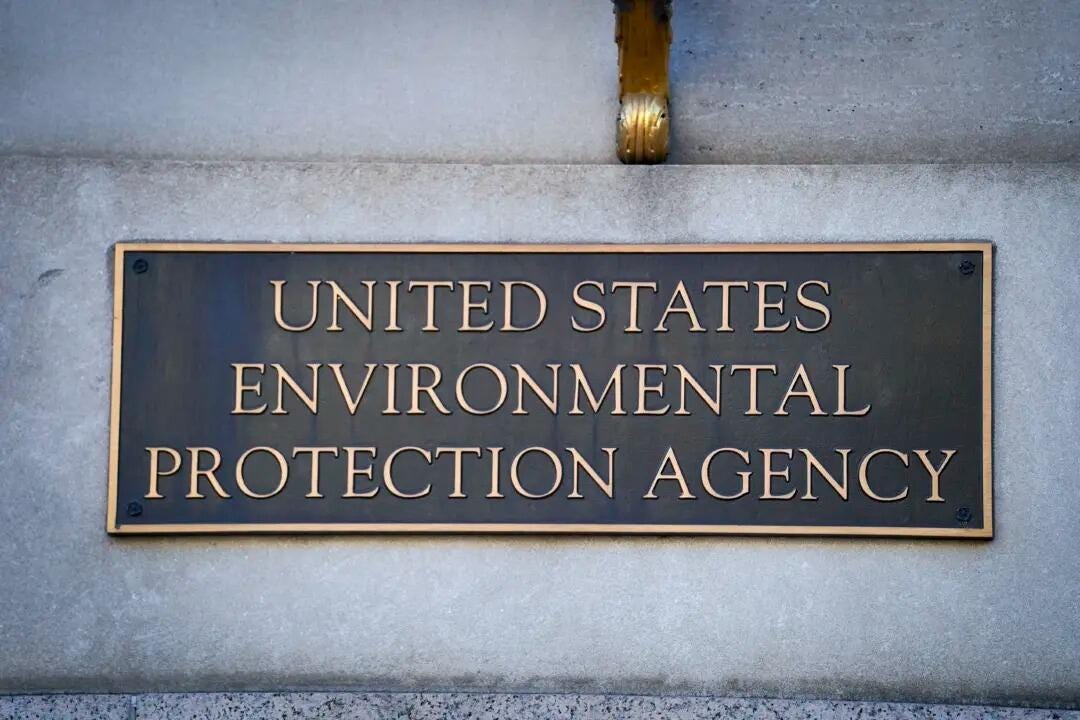

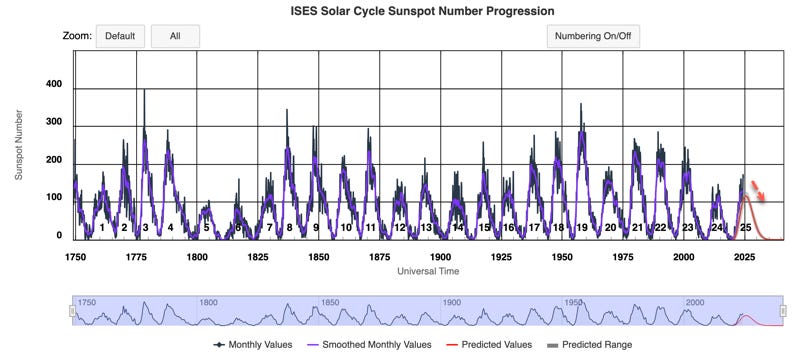
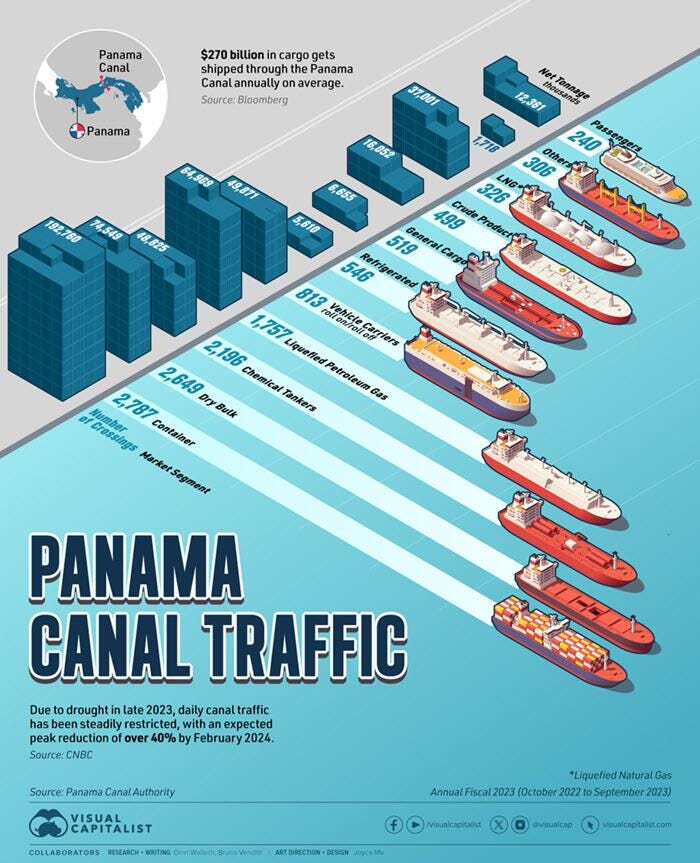

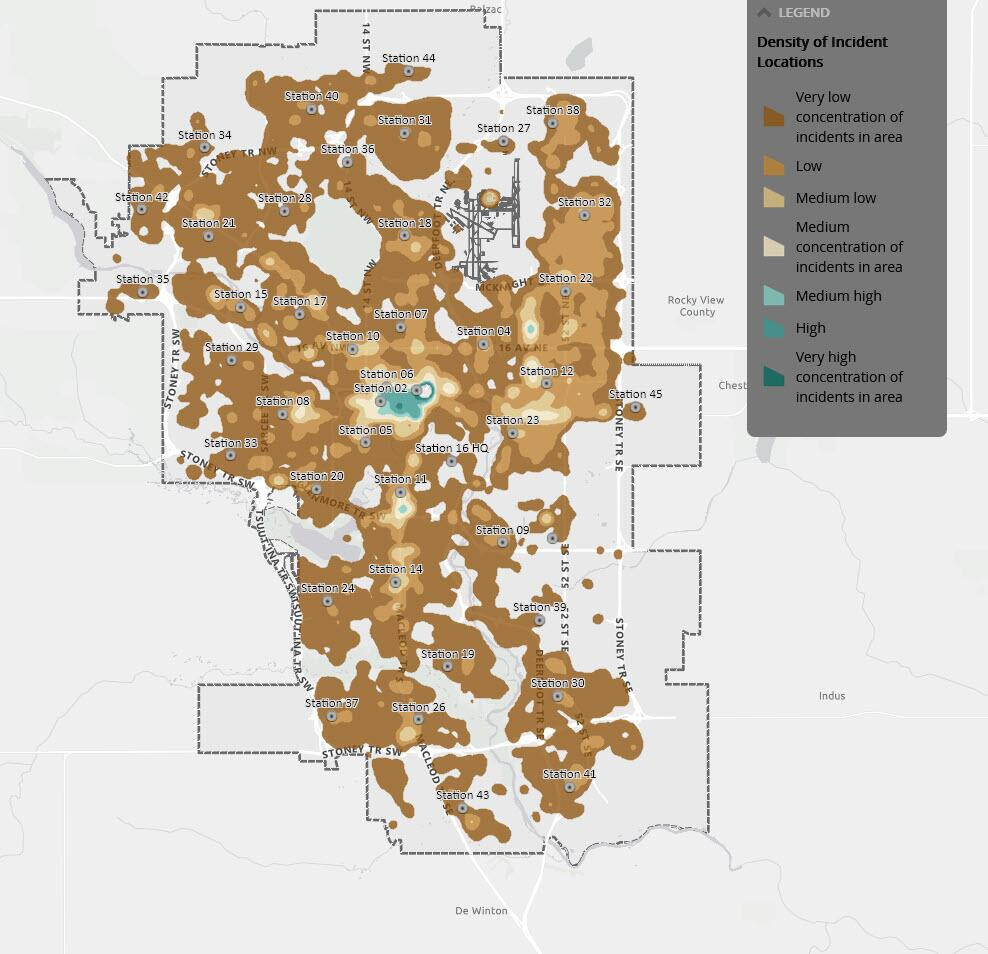

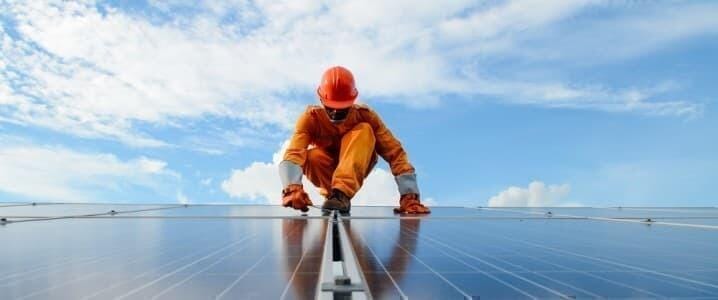
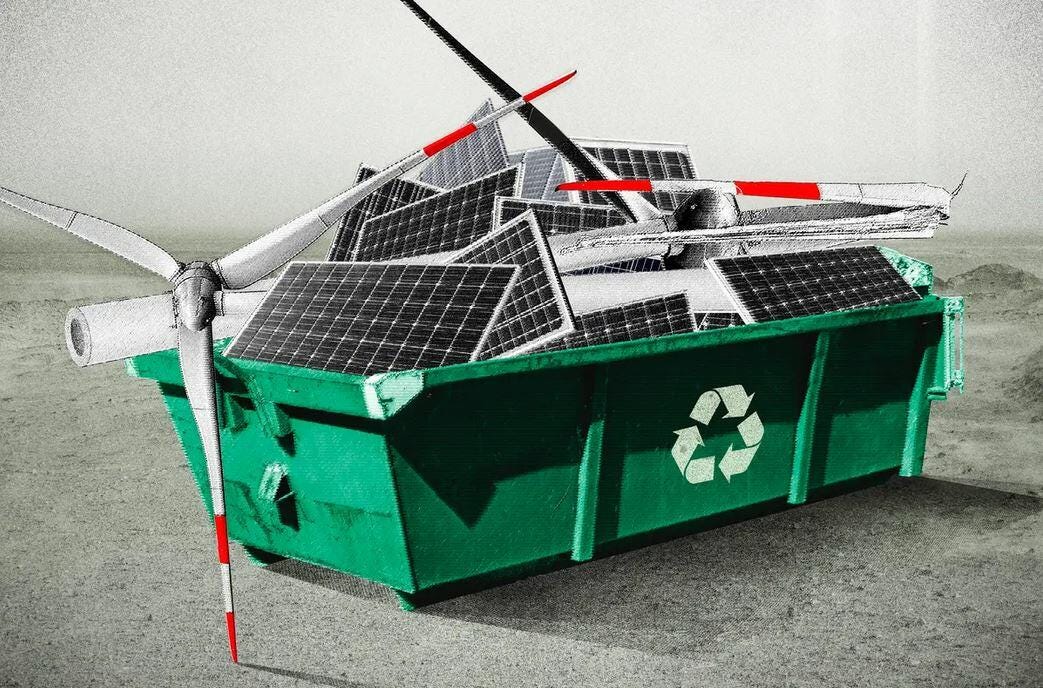



Nice piece 👏 Another thing with solar panel waste is it's level of radioactivity. I don't have the source of me right now, but the radioactive waste per kw/h of solar panel waste is actually HIGHER than nuclear waste. People look at me with blank stares when I try to convey this to them..